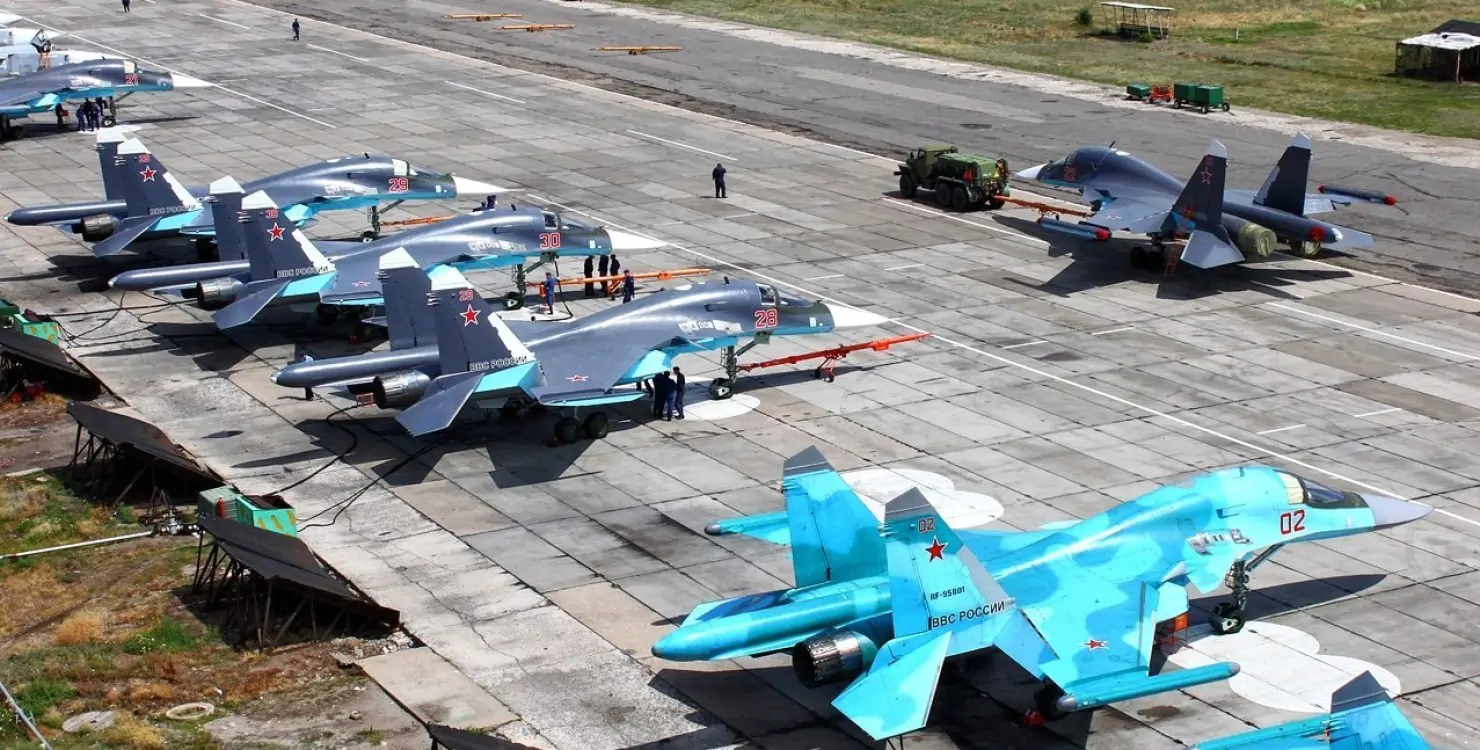Instead of sourcing weapons for Kyiv, the EU is now using proceeds from frozen Russian assets to help Kyiv manufacture the armaments for itself.
The move indicates a lack of production capacity within the EU. However, it would accelerate the process of arming Ukraine and avoid uncomfortable political discussions – such as the longstanding redlines against deep strikes inside Russia using Western weapons, EU officials and experts told the Washington Post.
JOIN US ON TELEGRAM
Follow our coverage of the war on the @Kyivpost_official.
The publication added that Ukraine has the capacity but lacks the funding to fully utilize its domestic arms production – a notion echoed by industry representatives in a recent Financial Times (FT) article on Ukraine’s potential drone exports.
“I think there’s a realization that Europe is not capable of producing the weapons that Ukraine needs, and the easiest way is for the Ukrainians to do it themselves.
“If the Ukrainians have the materials and money, they can do it much quicker themselves,” an unnamed European diplomat told the Washington Post.
The funding will go towards producing “missiles, drones” and other “deep-strike weapons,” another unnamed European official told the publication, adding that more countries could soon be investing in Ukraine’s arms industry themselves or through Denmark, which acts as a middleman for some of Europe’s investment into Ukraine’s arms industry.

Syria’s New Leader Meets With Ukraine’s Top Diplomat
“Denmark will manage the $630 million in Danish and EU funding through a ‘Danish model’ – an arrangement, agreed upon in June, whereby Western money goes to pay for contracts that Ukraine’s Defense Ministry has already signed with arms producers, allowing Ukrainians to prioritize what is needed,” Washington Post reported.
Ian Lesser, head of the Brussels office of the German Marshall Fund, said investing in Ukraine’s arms industry “provides more flexibility” and “gets more capacity to Ukraine in short order,” adding that “the broader point is the progressive integration of Ukraine into Western defense industrial supply chains.”
However, Lesser noted that the investments are a result of the existing circumstances and will not replace “the large-scale provision of Western-manufactured arms to Ukraine.”
Dennis Virkelyst, who runs the Ukrainian team at the Danish Defense Ministry, also said there’d be “no red lines” if weapons used in long-range strikes inside Russia were of Ukrainian production, thus negating Western fears that Kyiv using long-range weapons provided at present to conduct deep strikes inside Russia could escalate the war.
Though Ukraine has been developing domestic long-range weapons – including missiles, as President Volodymyr Zelensky claimed – they are unlikely to replace the advanced Western precision strike weaponry Kyiv has received from its allies.
As part of the initiative, Denmark has funded the purchase of 18 Ukrainian-made 2S22 Bohdana howitzers for the Armed Forces of Ukraine (AFU). German arms manufacturers such as Rheinmetall have also pioneered the trend to set up shops in Ukraine to produce munitions and vehicles.
The Norwegian online newspaper Nettavisen reported on Sept. 14 that Ukraine has also begun producing NATO-standard 155mm ammunition domestically, though the actual production quantity was not disclosed.
You can also highlight the text and press Ctrl + Enter






